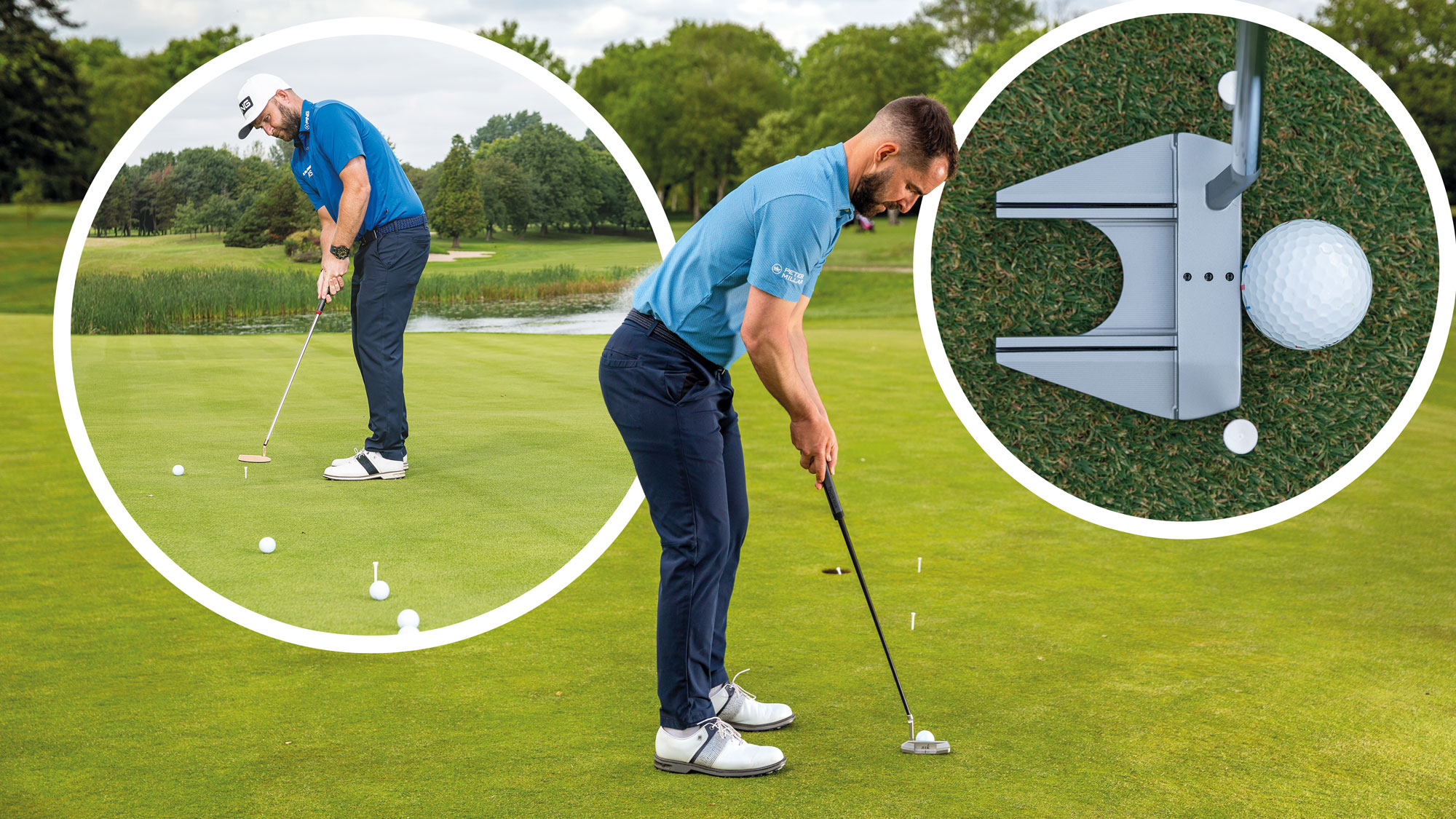
Golf tees are an essential piece of equipment, but most golfers will relate to having too many littering the pockets of their golf bag. Well, in order to make use of your excess equipment, why not try employing them to improve your putting performances?
Some of the greatest putting drills around utilise tees to provide feedback or guidance, and they are also often referenced as useful accessories in some of the best putting tips.
In this article, I curate a series of putting drills that utilise tees, gathering expert knowledge and advice from some of the top names in the industry. You will want to try them for yourself... I did and the results were seriously impressive!
Putting Drills Using Tees
Whether you are practicing your putting on the practice green at your local club, or using a putting mat or putting aid at home, digging deep into your bag to locate a few spare tees is a great idea.
In this series of expert putting drills, we here from DP World Tour winner Andy Sullivan, Golf Monthly Top 50 Coach Ben Emerson and expert putting coach James Jankowski – all in a bid to help you hole more putts and play better golf...
Andy Sullivan - The Stack 'Em Up Drill
This is a really popular tour putting drill, predominately focusing on distance control. The idea is to set out a five-foot zone with two tees, then walk back towards your ball and put down another tee peg about ten-foot from the zone you have created (as you can see in the image below).
When explaining the drill, Andy said:
"The aim is to ‘stack’ the balls up in the gap. Each one has to go further than the last. However, no ball is allowed to finish outside this five-foot zone. My first putt has to make it inside this area, too. If it doesn’t, I have to start again."
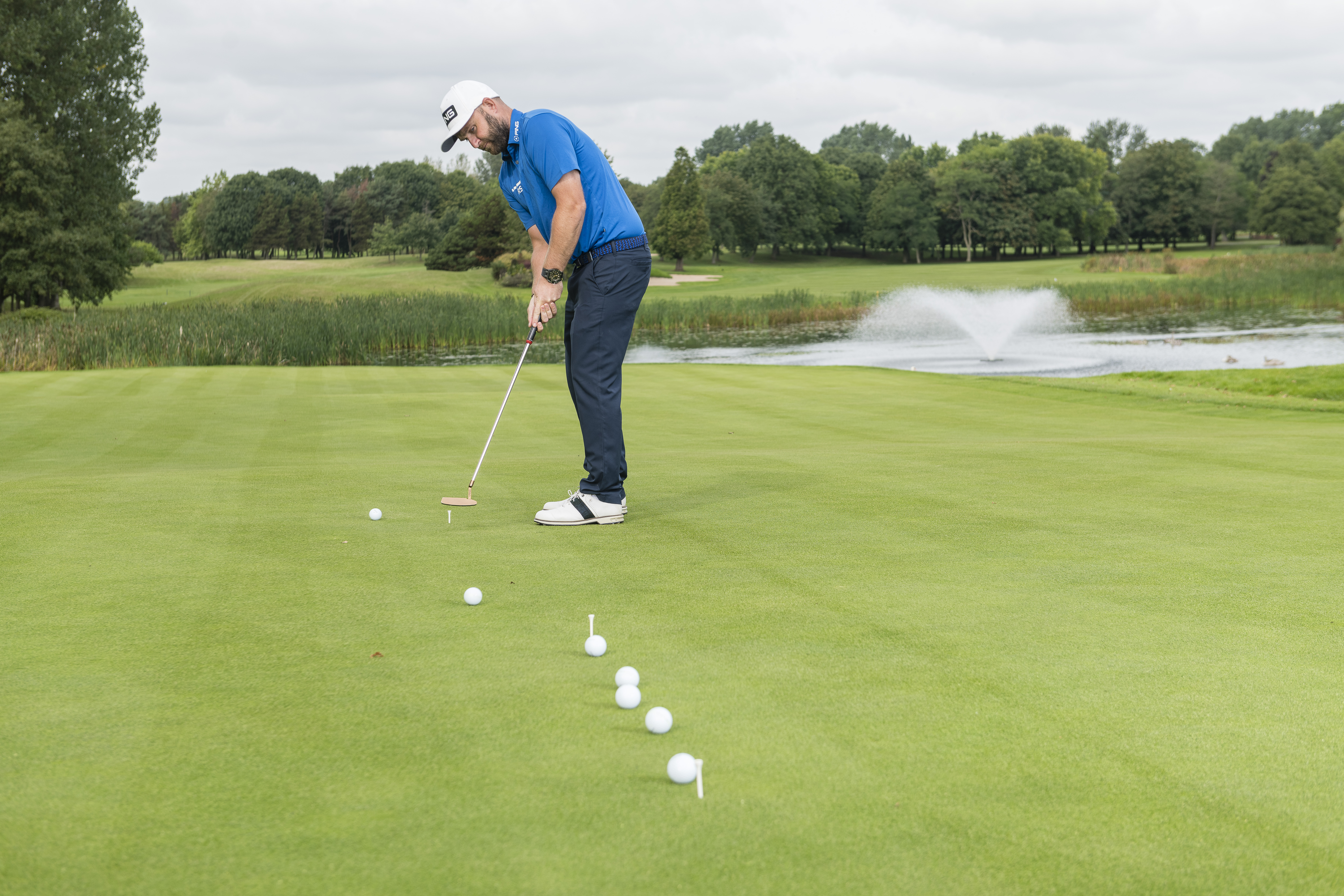
Try this drill three or four times before heading out to play a round, rather than aimlessly hitting balls around the putting green. This will help you to dial in your distance control and leave you feeling much more confident on the first green.
Ben Emerson - The Gate Drill
This drill was arguably made famous by the great Tiger Woods, so is a must-have for any amateurs putting practice programme. The focus of this drill is around contact, something that Ben Emerson describes as being vitally important.
"When putting it is crucial to make good contact. Even if the face is square, poorly struck putts make distance control difficult and can impart unwanted spin that throws the ball off line. This drill will improve the quality of your strike, leading to more holed putts."
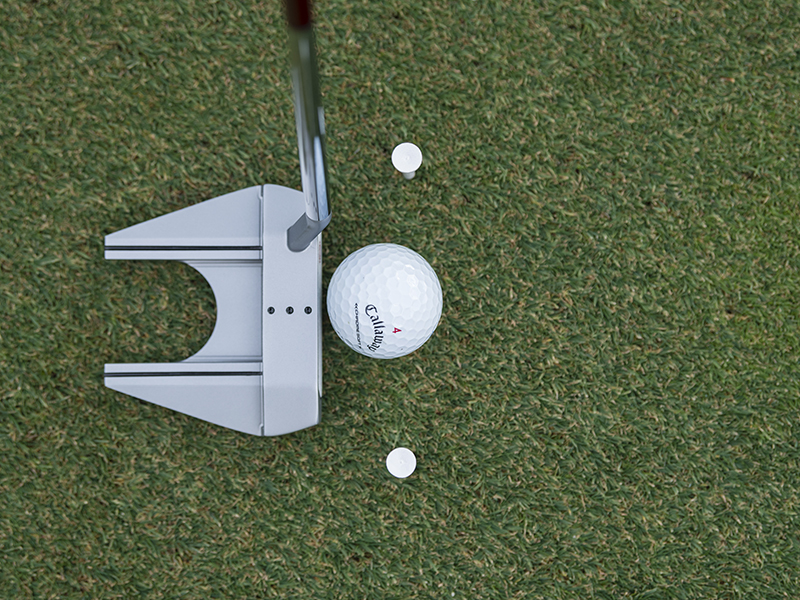
The drill is simple, place a tee either side of your putter head at address. Make some strokes and hits some putts, making sure you avoid contact with the tee pegs. If you can consistently achieve this, you will roll the ball much better with the flat stick.
James Jankowski - The Break Reading Drill
Plenty of amateur golfers under-read breaking putts, mainly because we don't correctly identify the correct apex point of the putt. Below, Golf Monthly Top 50 Coach James Jankowski gives his expert insight...
"It’s very common for amateurs to under-read breaking putts. This is often because their aim point (the tee next to the hole in the image) is inside where they actually think the apex of the putt is (the tee two-thirds of the way to the hole) if you ask them to mark the two out separately.
"If you start the ball inside where you visualise the highest point of the putt is, it has no chance of going in. Your aim point must always be outside the apex, because the ball will start breaking as soon as it starts rolling on the green.
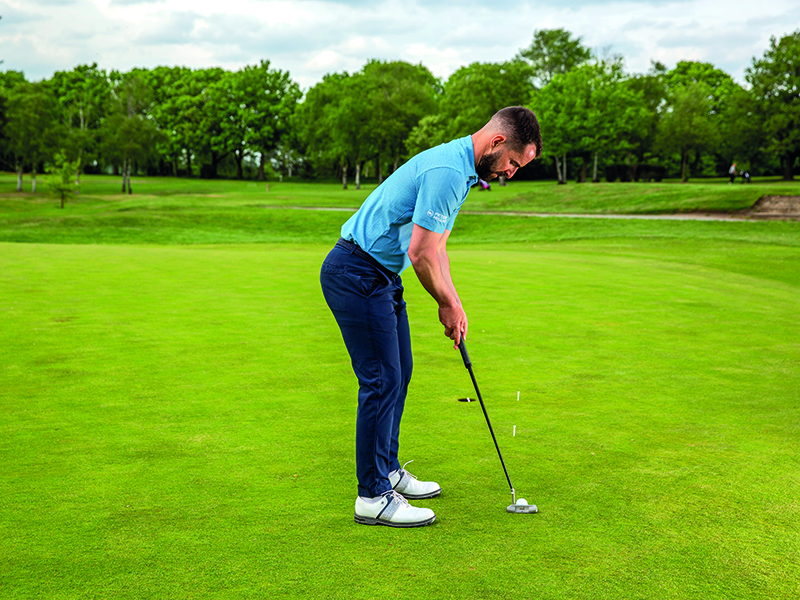
"It’s common for amateurs to under-read a putt in a straight line and then over-read how much it breaks at the end, because they think the first part of the putt is straight and the break takes effect when it starts slowing down.
"If you do that, you tend to under-hit putts because you’re visualising the ball going into the hole further away from the front edge than it actually will. You want to aim higher to allow for the ball to break as soon as it starts rolling and see the ball entering the hole on a straighter line.
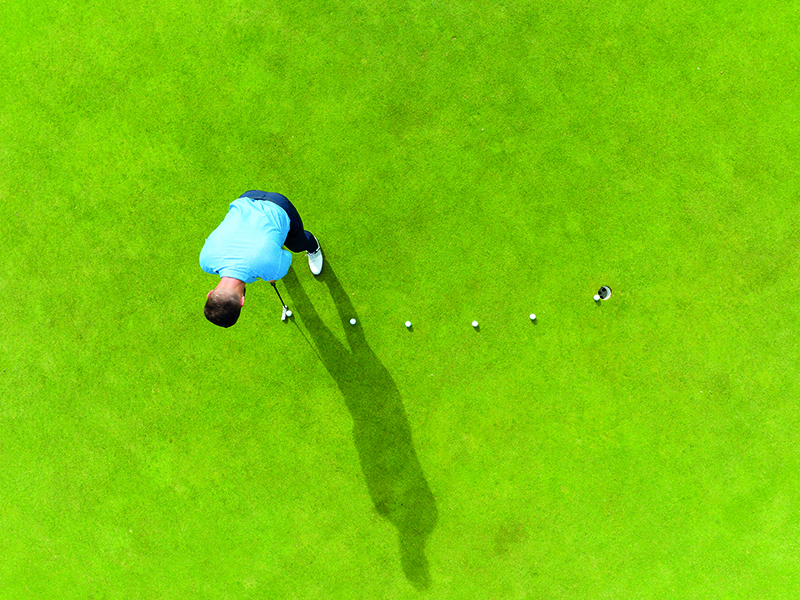
Give it a try yourself. Use James' advice to visualise the apex and ensure your aim point is outside this point. You could use a tee as a visual aid to help you, as getting the read correct will at least give you a chance to find the bottom of the cup on those tricky breaking putts.
Why Not Add In An Alignment Stick Or Two?
Alignment sticks are also a great piece of additional equipment that you can use to improve your performances on the greens. Putting drills using alignment sticks are easy to carry out at your local golf club, or on a putting mat at home, and can be made into competitive games.
Place an alignment stick behind the hole, along with a few tee pegs, to create a box or zone. Aim to make sure your putts finish in this zone, if they 'somehow' manage to not go in the hole, as this will help you to practice effective speed and distance control.




!["[T]he First and Fifth Amendments Require ICE to Provide Information About the Whereabouts of a Detained Person"](https://images.inkl.com/s3/publisher/cover/212/reason-cover.png?w=600)


